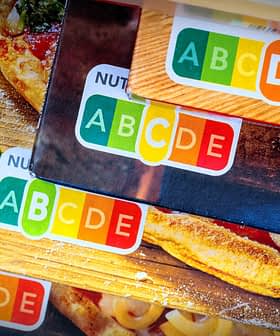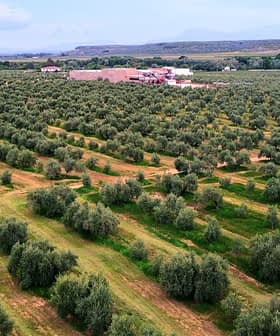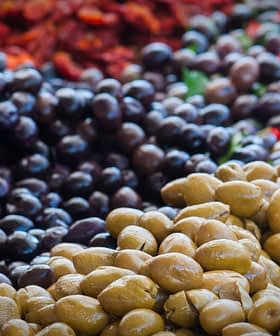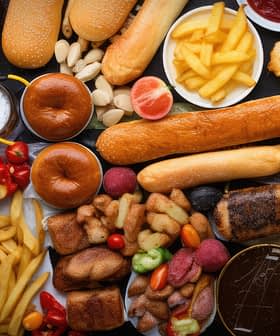 7.2K reads
7.2K readsHealth
Nutri-Score Algorithm Update Improves Olive Oil Scores
The Nutri-Score algorithm is being updated to improve the rating of olive oil, moving some grades to a higher category. The changes are based on scientific considerations and aim to help consumers make healthier choices in the supermarket, with potential impacts on other food categories as well.
A significant update to the Nutri-Score algorithm will improve the rating of some grades of olive oil, including extra virgin olive oil.
The revised rating system will soon consider all olive oils in its Light-green‑B category, a step above the current Yellow‑C and just one step below the healthiest rating, the Green‑A.
The changes in the computation of the underlying Nutri-Score algorithm as recommended by the scientific committee are not linked to the insistence of food producers.
Its backers said the French-born front-of-pack-labeling (FOPL) system had undergone a broad review in the last 18 months, which set the basis for a significant overhaul of the algorithm. The new ratings will affect several different categories of food.
“Yes, the Nutri-Score algorithm will be changed in the near future,” Serge Hercberg, the creator of Nutri-Score and nutrition professor at the University of Sorbonne Paris Nord, told Olive Oil Times.
See Also:Food Health App Receives Green Light in Italy After Curtailing Nutri-Score InfluenceThe updated rating of fats, such as olive oil and vegetable oils, will consider their macro-nutritional composition, such as the presence of saturated fatty acids.
“In general, vegetable oils are improved by one [rating],” Hercberg said. “Vegetable oils with low levels of saturated fatty acids, such as rapeseed, walnut and oleic sunflower oil, can reach the B classification, as does olive oil. Sunflower oil is shifted to the C classification.”
“For the other products in the category, the classification remains unchanged, with coconut oil and butter remaining classified as E in the Nutri-Score,” he added.
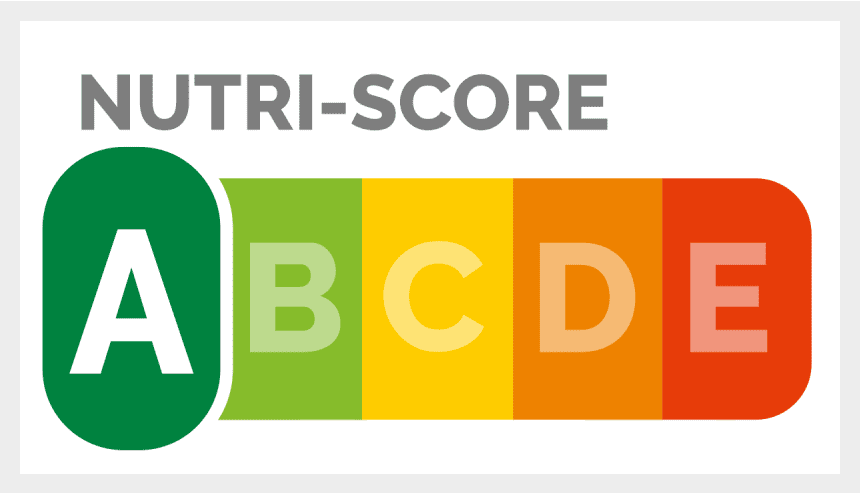
Nutri-Score is a five-color-letter food rating system, with scores ranging from the Green‑A down to the Red‑E. The FOPL is designed to help consumers make healthier choices in the supermarket. The algorithm determines a food item’s score based on the macronutrient content per 100 grams or milliliters.
“Nutri-Score is a public health tool built and validated by numerous scientific studies,” Hercberg said. “When it was proposed by scientists in 2014… it was expected that its algorithm would evolve and be regularly revised on the basis of the evolution of scientific knowledge and the experience of its deployment.”
Along with its introduction in France, Germany, Spain, Luxembourg, the Netherlands, Belgium and Switzerland, Nutri-Score is also considered the front-runner among the food labels being considered for Europen Union-wide adoption. A formal decision is expected to come before the end of the year.
The steering committee, formed at the beginning of last year by the seven European countries that have adopted Nutri-Score, announced the review of the FOPL’s algorithm.
Its goal is to facilitate the debate on Nutri-Score, support food producers in using and understanding Nutri-Score and support the work of the scientific branch.
The scientific committee, which was tasked with developing and implementing the labeling platform, presented the report on the update.
The update rebalances how the algorithm considers the food’s nutritional elements. In the case of olive oil, its polyphenols and other micronutrients are taken into consideration.
The updated algorithm also changes how nuts, seeds and other fats are rated, with a special rule for red meat.
More specifically, Nutri-Score now gives higher priorities to elements such as sodium and sugar and will align red meat ratings with the countries’ nutritional guidelines, many of which recommend reducing red meat consumption. The update will also improve the rating for fish and wholegrains compared to refined products.
“Overall, the analysis of the literature showed that there was substantial evidence of the beneficial effect of olive oil on the risk of type 2 diabetes, cardiovascular disease and all-cause mortality, with a significant number of studies being performed,” the report’s authors wrote.
“Given the evidence that vegetable oils, in particular olive oil, have demonstrated beneficial effects on health, modifications to the algorithm could be performed to improve the scoring of olive and other vegetable oils with favorable nutrient profiles in the system and support dietary guidelines that advocate the moderate use of vegetable oils preferably to other fats,” they added.
The review involved scientists from the countries where Nutri-Score is already deployed. According to the report, upgrading the algorithm has included thoroughly examining each component of the current algorithm, the areas of improvement and the potential impact of every change.
Farmers, bottlers and marketers in Europe’s three largest producing countries have long criticized Nutri-Score’s rating of olive oil. Similar criticism has come from the producers of other traditional food products, including French and Italian cheese producers.
“The changes in the computation of the underlying Nutri-Score algorithm as recommended by the scientific committee are not linked to the insistence of food producers, be it olive oil or other types of food,” Hercberg said. “The modifications are based exclusively on scientific and public health considerations.”
“[They] lead to changes for some food groups, and more specifically introduce better discrimination among food products according to their nutritional composition,” he added. “Concerning cheese, only low-salt hard cheeses, such as Emmental, can now be classified as C in the Nutri-Score. Others continue to rank D or E, such as Roquefort.”
The changes will not immediately come into effect as any modifications will affect the food production chain, the nodes of which might need some time to digest the news.
The steering committee “explained that the new algorithm will be effective soon, at the end of a sufficient time for food producers to implement the label,” Hercberg said.
“It must also be considered that more information from the committee is still pending, specifically on beverages, sweetened drinks and others,” he added.
Hercberg emphasized that the team behind Nutri-Score will support food producers in the countries that have already deployed the FOPL. He hopes Nutri-Score will become mandatory due to its scientifically-demonstrated benefits to public health.
“We hope that the decision of the European Commission will not be affected by the pressures coming from some big food companies, agricultural sectors or countries defending their economic interest,” Hercberg said.
“We hope that it will instead be entirely based on science and the scientific studies published by independent academic research teams, also considering the demand for such a solution that comes from the consumers themselves,” he concluded.


